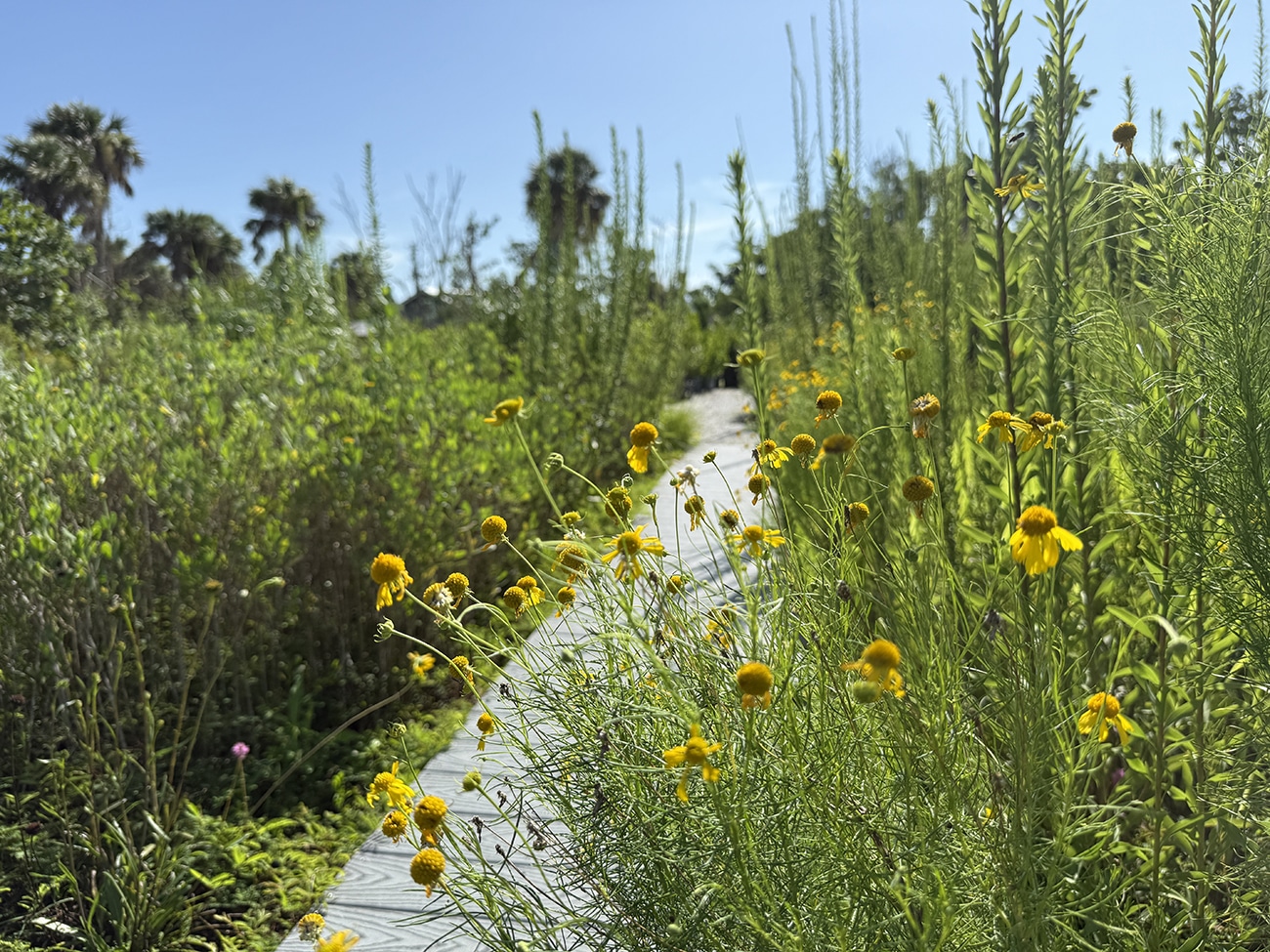Planting native wildflowers is a great way to help nature. They make gardens colorful and lively. Native wildflowers grow well in your area. They need less water and care than other plants.
What Are Native Wildflowers?
Native wildflowers are plants that grow naturally in your region. They have been there for many years. These flowers are part of the local ecosystem. They support insects, birds, and other animals.
Unlike imported flowers, native wildflowers are strong and fit for your soil and weather. They do not need extra help to survive. This makes them easy to grow and care for.
Why Plant Native Wildflowers?
- Support local wildlife. Bees, butterflies, and birds love native flowers.
- Save water. Native plants need less water than non-native ones.
- Easy to grow. They fit well with your soil and climate.
- Help the environment. They improve soil health and reduce pollution.
- Add natural beauty. Wildflowers bring bright colors to your garden.
Choosing the Right Native Wildflowers
First, learn about the plants that grow in your area. You can check local garden centers or nature groups. They often have lists of native wildflowers.
Here are some popular native wildflowers in many places:
| Flower Name | Color | Bloom Time | Sunlight |
|---|---|---|---|
| Black-eyed Susan | Yellow | Summer to Fall | Full Sun |
| Butterfly Weed | Orange | Summer | Full Sun |
| Bluebell | Blue | Spring | Partial Shade |
| Milkweed | Pink | Summer | Full Sun |
| Wild Lupine | Purple | Spring | Full Sun |
Where to Plant Native Wildflowers?
Choose a spot with the right sunlight. Most wildflowers like full sun. Some grow well in light shade. Check what your chosen flowers need.
Pick a place with good soil drainage. Avoid places where water stays for a long time. Wildflowers do not like wet feet.
You can plant wildflowers in your garden, along fences, or in open fields. Even small spaces can grow wildflowers.

Credit: gardenerspath.com
How to Prepare the Soil
Clear the area of weeds and grass. Weeds compete with wildflowers for water and nutrients. Remove rocks and sticks too.
Loosen the soil using a garden fork or hoe. Wildflower seeds need loose soil to grow roots well.
If your soil is poor, you can add some compost. But do not add too much fertilizer. Wildflowers grow best in natural soil conditions.
Planting Your Wildflower Seeds
Check the seed packet for planting instructions. Some seeds need to be planted shallow. Others need to be buried deeper.
Mix your seeds with sand before planting. This helps spread the seeds evenly. Sprinkle the seed and sand mix on the soil surface.
Lightly press the seeds into the soil. Do not cover them too deep unless the packet says so.

Credit: buckwheatbringsbutterflies.com
Watering and Care
Water the planted area gently right after planting. Keep the soil moist until seeds sprout. This usually takes 1 to 3 weeks.
Once the plants grow, water them less. Native wildflowers can survive dry times. Too much water can hurt them.
Remove weeds regularly. They steal water and space from your flowers. But do not disturb the wildflowers’ roots.
Watch for Wildlife
Native wildflowers attract many helpful insects. Bees and butterflies will visit your garden. They help pollinate plants.
Birds may come to eat seeds or insects. Your garden will become a lively place full of nature.
Seasonal Tips for Wildflower Gardens
- Spring: Plant seeds and water well.
- Summer: Watch for weeds and water during dry times.
- Fall: Let some flowers go to seed for next year.
- Winter: Leave seed heads for birds and insects.
Common Problems and Solutions
Sometimes animals like rabbits may eat young plants. Use simple fences or barriers to protect them.
Too much rain can cause fungus. Make sure plants have space for air to flow.
If weeds grow fast, pull them by hand. Avoid using strong chemicals that hurt wildflowers.
Benefits Beyond Beauty
Native wildflowers do more than look nice. They help keep soil healthy. Their roots hold soil and stop erosion.
They also reduce the need for chemicals. This protects water and air quality. You help nature by planting these flowers.
Frequently Asked Questions
What Are Native Wildflowers?
Native wildflowers are plants that naturally occur in a specific region. They thrive without human intervention.
Why Plant Native Wildflowers In Your Garden?
Native wildflowers support local wildlife and promote biodiversity. They require less water and maintenance.
How Do Native Wildflowers Benefit Pollinators?
They provide essential nectar and pollen. This supports bees, butterflies, and other pollinators.
When Is The Best Time To Plant Native Wildflowers?
Fall or early spring is ideal. This allows seeds to establish roots before blooming.
Conclusion
Planting native wildflowers is simple and rewarding. They bring color and life to your space. They help animals and the environment.
Start with a small area. Choose flowers that fit your land. Prepare the soil and plant seeds carefully.
Watch your garden grow and enjoy the beauty. Native wildflowers will bloom year after year. Your effort will help nature in many ways.
5 min read

